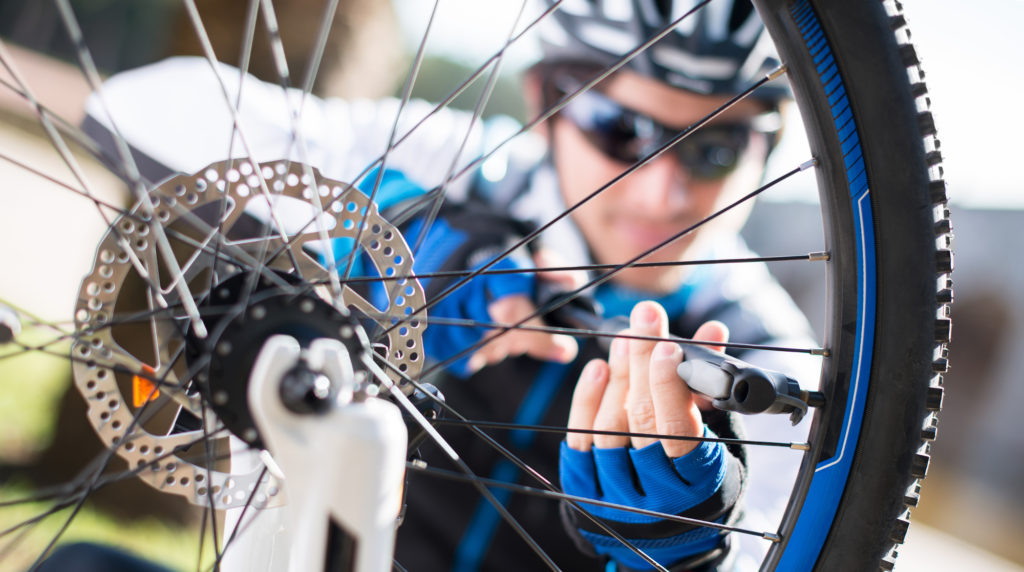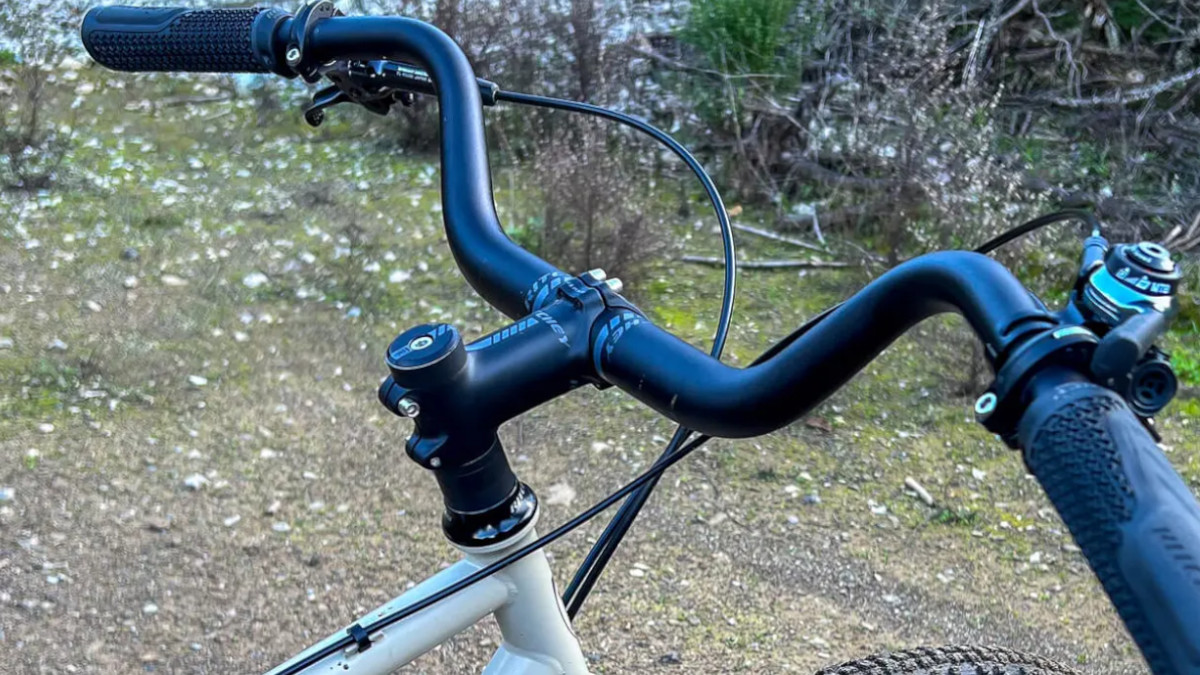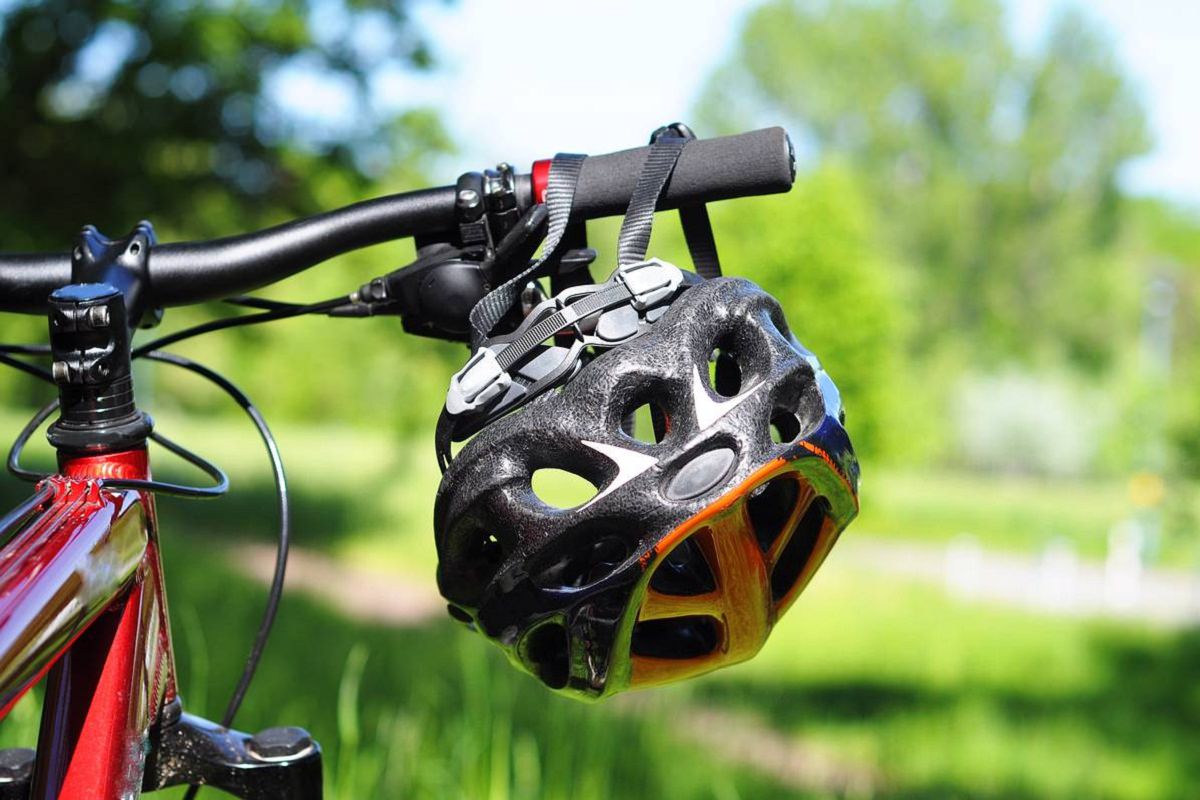There are certain undeniable facts when it comes to carbon fiber. Since 2000, carbon fiber bikes have won every major event. And like most introductions of new materials and designs, the later iterations have only gotten better. Carbon fiber wheelsets are light, aero, and considerably much more expensive than their aluminum counterparts.
They look great and provide a pretty amazing ride if you talk to most riders who have experimented with both materials. But really there are so many things to consider and if you are like me you like to do your research before you drop some major cash. First let’s take a step back, and talk about carbon fiber as a material.
Carbon fiber is made from interlacing strips of polymers (plastic fibers) that have been chemically altered through processes using heat and changes in surrounding elements (like oxygen and nitrogen) in furnaces that allow carbon crystals to form and bond, running parallel to the length of the original polymer fiber. The fibers are later laced and mixed with resin and molded into the shapes the manufacturer wants.
Why Carbon?
Carbon is about five times as strong as steel and about half the weight. It doesn’t encounter some of the similar problems that metals do, like oxidation, but it still has a “shelf life” all the same.
Although it is stronger than steel, it has the drawback of being more prone to catastrophic failure. Not saying that it will break or that it is more likely to break only that in comparison, steel tends to bend before it breaks as where carbon fiber is likely to break without bending first.
Where carbon fiber shines in comparison to steel is that it doesn’t really flex but still remains supple enough to remove and dampen vibrations from consistent forces that are applied. That is why it has become the main material used in bike design for the past 17 years or so.
As molding and design processes have gotten better, the initial drawbacks of carbon fiber have been tuned out and it won’t be long until we see it used in basically every part of the bicycle.
Carbon Vs Alloy
So let’s talk about wheels. The main two materials in wheel construction are now aluminum (commonly referred to as alloy because they often use other materials in there as well) and carbon. Aluminum is rigid, stiff, and cheap and most bike wheels on the planet are made from aluminum for that reason.
There are probably a decent amount of steel rims floating around in 3rd world regions but for the sake of providing legitimate riding options, steel is just too heavy when it comes to wheels and maximizing performance.
So when seriously considering carbon I challenge you to think of these questions. What type of road riding do you do? Who do you ride with? How fast do you ride? How often? Is riding this way going to be a passing fad or do you anticipate or have hopes of being pro-am or pro one day?
And of course, lastly, how much money do you really want to spend? Trust me, it is super easy to buy into advertising and the science of greater performance, but I think it is also important to maximize the utility of whatever product you buy.
Most stock builds at shops do not come with amazing wheelsets. In fact, I personally think that is where it is easiest for builders, manufacturers, and shops to cut costs. This is also the reason why so many specialty parts manufacturers have carved out niche markets for themselves. I think of ENVE, Wolftooth, Chris King, and HED just to name a few.
Advantages Of A Carbon Wheelset
In many ways, the quality and material of your wheel build can determine the quality of your ride. From a feel perspective, they are what touch the ground, so things like tires, pressure, lacing pattern, material, and aerodynamics are critical. This is where we can start to separate carbon and aluminum as materials with their own strengths and weaknesses. Below are some of the carbon’s strengths as a wheelset material.
Shape
Carbon is far more malleable in terms of what shapes builders can make with it. Aerodynamics has proved perhaps more critical in the hunt for greater and sustained speeds. While differences in weight can affect the ride, designers have come out and said these differences are largely negligible when dealing with a wheelset that is close to 4 lbs total.
This is a clear win for carbon. Carbon is easier to mold and shape than aluminum and at a microscopic level it creates less wind resistance as well. It is far easier to make a lighter deeper rim when using carbon. And do not underestimate the importance of how good a set of deep dish wheels look.
Weight And Lacing Patterns
With the decrease in weight that carbon provides, you don’t need to feel too bad by adding a few extra spokes for a stronger less flexy lacing pattern. Sure you are adding more wind resistance but less lateral deflection overall will prove a good trade off.
Lateral deflection is when the rim flexes by small amounts side to side. This can be a factor of many things including hub construction, spoke profile, but most importantly lacing pattern.
Stiffness
Carbon is lighter and stiffer than aluminum. Great for attacking and long pushes uphill
Disadvantages Of A Carbon Wheelset
Not everything is attacking and going super fast when on the bike. We need to talk about braking.
Terrible Braking
Traditionally carbon rims have been just absolutely terrible for braking. This is because the friction between pads and braking surfaces on carbon can create some very high temperatures. Early on this was a huge problem because resin would melt and rims would warp.
Expensive
The biggest one is the price. For a solid set, you are looking in the neighborhood of $750/us. That is a lot of money. Some really amazing sets are going to run close to $2000/us.
If you have this kind of money lying around and see them as an obvious improvement then I say go for it, but if you are like me and just like to enjoy the ride, just stick with the stock wheelset and run it into the ground.
The Solution?
A solution some people have is to use their stock wheelset to train and then only ride the carbon at big events or races. This will increase the life of the set and cut down on wear and tear.
While in bike school I remember looking at an amateur mechanic’s folly from when he used normal brake pads on a carbon rim and melted the resin and warped the rim. Manufacturers have had to experiment with many different materials in order to lower the temperatures that braking friction creates. None of these materials have proved amazingly stable, especially when adding water to the equation.
Some of those early long descents on carbon rims were probably pretty hairy, to say the least. I kid you not. Manufacturers are even using crushed pistachio shells as one of the more effective brake pad materials. But as with many things over time, advances were made and now there are plenty of ways to work around this problem of braking that I will go through below.
Disc Brakes
The biggest one is the disc brakes. As disc roadies are becoming ever more popular in every circuit and even as their entry into UCI events seems eminent this workaround is the absolute best option. You get the combined tour de force of unparalleled stopping power and the ability to ride faster and lighter with carbon rims.
Aluminum Braking Surface
This is an excellent solution that doesn’t “break the bank” so to speak. A few manufacturers including Shimano with their RS81 C24 model have created an aluminum rim with a carbon laminate or fairing (which is kind of like a rounded carbon blade that completes the deep dished rim look).
This helps you maintain good aerodynamics without sacrificing braking performance. Around $500/US they are much cheaper than even some standard carbon rims and can take normal brake pads.
The Verdict
Lastly, I come to a point that needs to be mentioned, the industry has all of this wonderful marketing information that praises the performance of carbon rims but there exists some real-world riding concerns that just cannot be tested in a wind tunnel. Things like cross-draft and bumpy roads can affect the overall handling, ride quality, and feel of the wheelset.
Perhaps a higher-quality aluminum set would perform very similarly under the same conditions but until you ride both there is no way of knowing which one you personally prefer more. I highly encourage you to test-ride as much as you can before you buy.
Also Read
- The 12 Best Road Bike Wheels (When You’re on a Freaking Budget)
- 15 Best Carbon Road Bikes – Under $2000
Should you have any questions or require further clarification on the topic, please feel free to connect with our expert author Ryan Ross by leaving a comment below. We value your engagement and are here to assist you.











